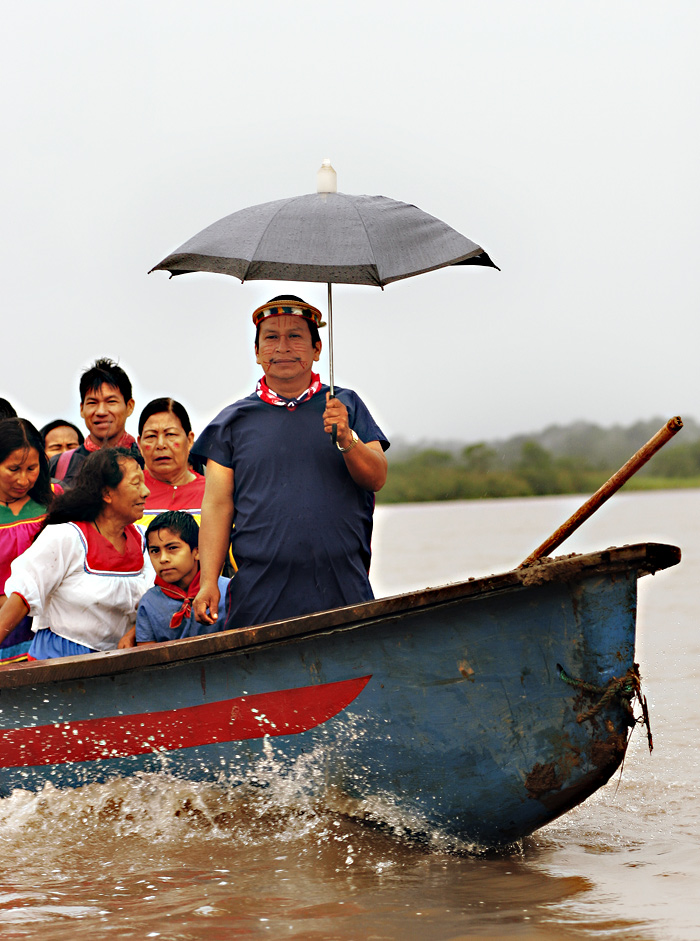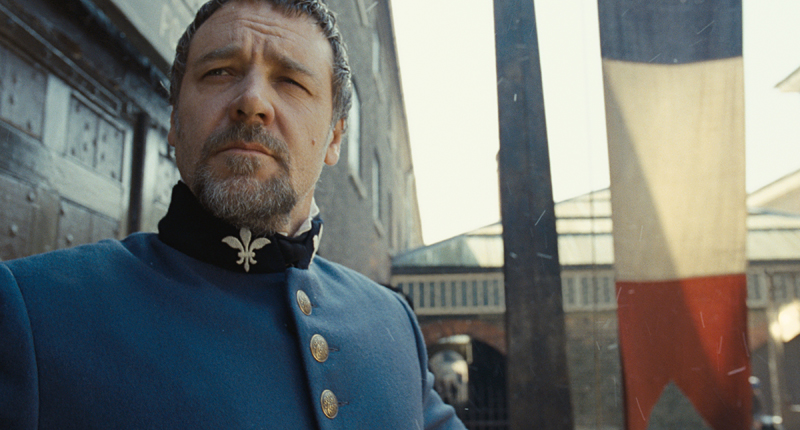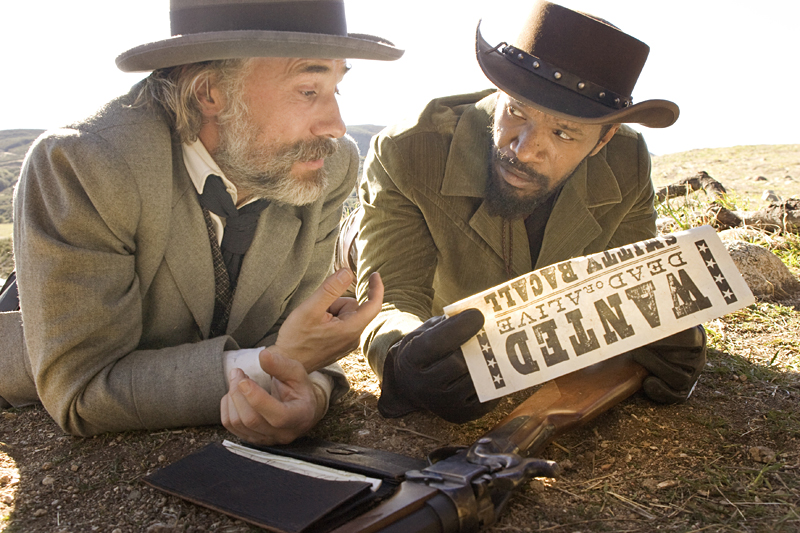Water, water everywhere, but not a drop to drink. Why? Because it’s thick with sludge. Moving briskly through a serpentine, stranger-than-fiction narrative that is still unfolding, Joe Berlinger’s remarkable documentary recounts an infuriating litany of South American exploitation, back-room glad-handing, and bureaucratic dead ends that have, among other collateral damages, created a Rhode Island–sized “death zone” of toxic pollution in the middle of the Ecuadorian Amazon.
For nearly 30 years, beginning in the mid-1960s, the former Texaco oil company (acquired by Chevron in 2001) drilled for oil in Ecuador, in and around the ancestral homeland of the indigenous Cofán Indian community. In 1992, Texaco finally lost its government-granted concession and was forced to cede control of its drilling sites to state-owned Petroecuador. Three years later, Texaco conducted a purported “environmental remediation” as part of a $40 million settlement with the Ecuadorian government that, in turn, indemnified the company against any further government claims. And yet today the soil and waters of the area still run black with oil, the Cofán are dying of cancer at an alarming rate, and the buck for this enviro-disaster is being passed between Chevron and Petroecuador faster than a Bobby Hull slapshot.
A master of true-crime vérité, Berlinger previously co-directed (with longtime filmmaking partner Bruce Sinofsky) Brother’s Keeper, centered on a fratricide trial in the dairy-farming community of Munnsville, New York, and the two Paradise Lost documentaries, about the ongoing travails of three Arkansas teenagers questionably convicted of murder. In the gripping, intrinsically cinematic Crude, he does an equally superb job of taking us through the twists and turns of the decade-and-a-half, multibillion-dollar class-action lawsuit filed by the Cofán against Chevron—a legal battle nearly as long as the Amazon itself, and with no discernible end in sight. (To wit, a Sept. 1 New York Times article reports that bribery allegations raised by Chevron against the judge in the case could once again delay a judgment.) Berlinger, who arrives in Ecuador just as the evidentiary phase of the trial is about to begin, presents both sides of the case as objectively as possible, never inserting himself into the narrative and turning the audience, in effect, into the jury. Chevron even sends its in-house environmental scientist to make its case to Berlinger, though the defensive interview that results plays like a Tilda Swinton outtake from Michael Clayton.
The rest of the supporting cast is a colorful assortment, from Steven Donziger, the Cofán’s fiery American environmental attorney, to Pablo Fajardo, the 25-year-old former fieldworker who improbably finds himself as lead prosecutor in the case, to…Trudie Styler? Sure enough, at a key moment in Crude, the advocacy-minded Mrs. Sting develops a passionate interest in the plight of the Cofán, and her involvement leads directly to a flurry of increased U.S. media attention, including a splashy Vanity Fair profile of Fajardo. Consequently, some have deemed Berlinger’s film a touch crude itself in its essentially uncritical view of this showy sort of celebrity consciousness-raising. But whatever one thinks of the beautiful people, the third-world children they adopt, and the noble causes they support, Crude persuades that celebrities can and do make things happen in the political sphere—and that, in an age when President Obama’s shirtless torso is as much a tabloid staple as Zac Efron’s, resistance may be futile.








